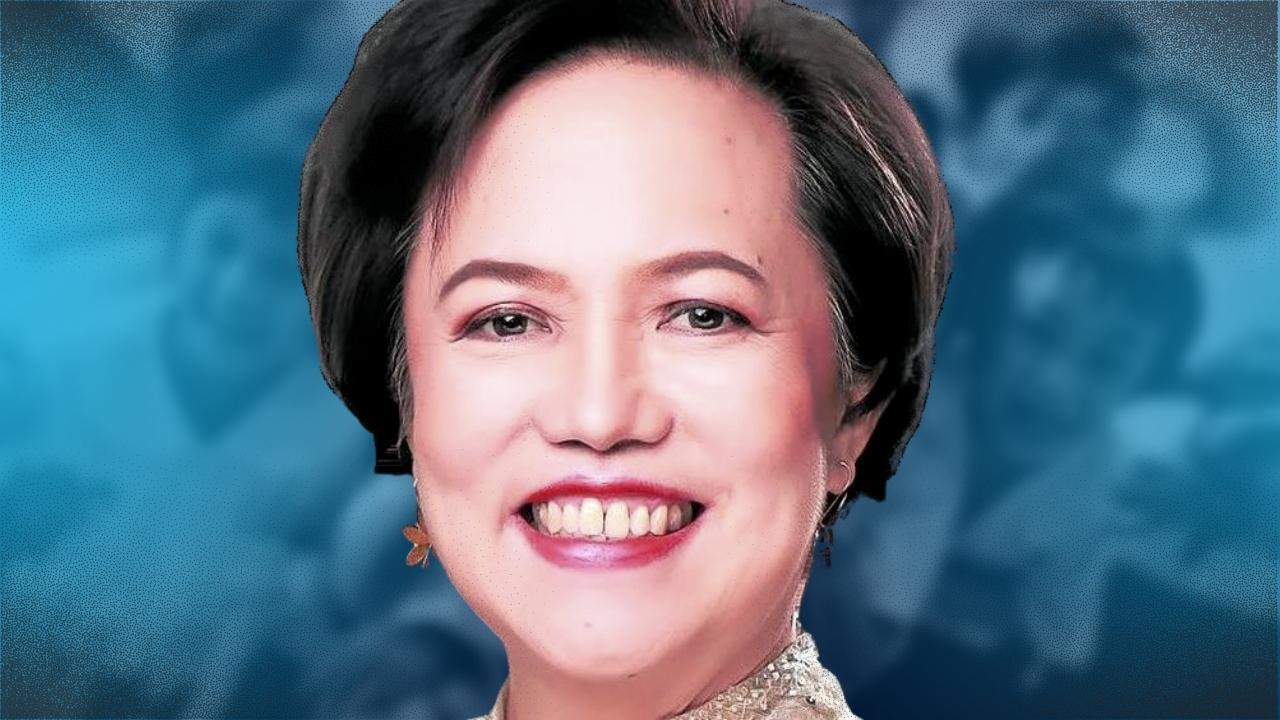For this doctor, upholding children’s rights is nation-building
MANILA, Philippines — Back in the 1980s, Bernadette Madrid was a resident pediatrician in her twenties at the University of the Philippines-Philippine General Hospital (UP-PGH) when she encountered a case that opened her eyes to a reality that was, at first, hard for her to accept.
“When I was a resident at the intensive care unit, [there was] a very cute 2-year-old little boy [who] was badly burned, and we couldn’t figure out how he got those severe burns,” she told reporters in a recent online press briefing.
With no system or resources at hand to confirm how he got hurt, the boy’s injury was categorized as self-inflicted.
“I was protesting. I said that maybe, it was not true that [he was intentionally harmed],” said the physician.
After his recovery, the boy was sent home — only to be brought back to the hospital a year later with the same burns, and this time dead on arrival.
Article continues after this advertisement“Nothing was done because there was no law against child abuse at the time,” Madrid said.
Article continues after this advertisementSworn advocacy
It was during her yearlong fellowship in primary care pediatrics in New York City that she learned about “child abuse clinics,” a component in the healthcare system unheard of back then in the Philippines.
Madrid said she knew that this was going to be her life’s work and sworn advocacy.
“It dawned on me… We just have so many missed cases [of child abuse] and that something… needed to be done,” she said.
By 1997, she became head of the UP-PGH child protection unit. It was the first of its kind in the country — and according to the Ramon Magsaysay Award Foundation — the “best medical system for abused children in Southeast Asia.”
Now one of the country’s top pediatricians, Madrid is also among this year’s Ramon Magsaysay awardees.
In its citation, the award foundation recognized the doctor, who also founded the nongovernment organization (NGO) Child Protection Network Foundation, for “her competence and compassion in…seeing that every abused child lives in a healing, safe and nurturing society.”
Madrid crafted UP-PGH’s own child abuse program. But the project did not push through due to lack of support and she returned to her home province of Iloilo to pursue private practice.
But after a couple of years, she was called back to the hospital to establish the child protection unit with the late Perla Santos Ocampo, a renowned pediatrician who would eventually be named national scientist.
The UP-PGH facility has since laid the groundwork for other women and child protection units (WCPUs) around the country.
This system of “safe spaces,” where abused children and women can seek medical, legal, and social support, was formed under Madrid’s foundation, which she started in 2002, in partnership with civic and academic groups as well as some government agencies.
The foundation is on track to meet its goal of establishing at least one WCPU in each of the country’s 81 provinces. But the lack of manpower, resources, and government support continue to be a challenge to the NGO.
“They [either] have too few doctors… [or] no social worker in the hospital. And also in the beginning, our problem was the doctors didn’t want to testify in court. But slowly, that mindset has been changing,” Madrid said.
‘Concerted effort’
Putting up WCPUs should be a “concerted effort” that entails cooperation not only from trained doctors and social workers but also from the police, judiciary, and the local governments, she said.
Madrid’s network is also looking at collaborating with such agencies as the Department of Education, for the inclusion of programs on child abuse prevention and mental health in the school curriculum.
It also aims to hire more guidance counselors and link each school in the country to a child protection center.
In the Philippines, three out of five kids have experienced physical or psychological abuse, including bullying, while one out of five has experienced sexual violence, Madrid said, citing the national baseline study on violence against children.
Later in life, the trauma from abuse transforms into chronic illnesses such as heart disease, diabetes and cancer, she added.
Among the “structural drivers” of child abuse in local communities are high poverty, climate change, migration and poor education and healthcare systems. “All of these put together create an environment where violence is very high against children,” Madrid said.
Every WCPU is designed to function like a hospital because, according to her, such an environment creates a space “where children [can] readily go” to seek help.
While Madrid takes pride in how the UP-PGH child protection unit program has become “replicable and scalable,” she emphasized that failure in one part of the system can result in its entire breakdown.
“We have to work together…. Child protection is really nation-building because the state of our children is the barometer of how well our country is doing,” she said.
“My message to the youth is I want them to know that they deserve to be loved and that if anyone hurts them… they should not suffer in silence,” she also said.
RELATED STORIES
PH doc caring for abused kids among Magsaysay awardees
Bullying still prevalent, child rights advocates say
